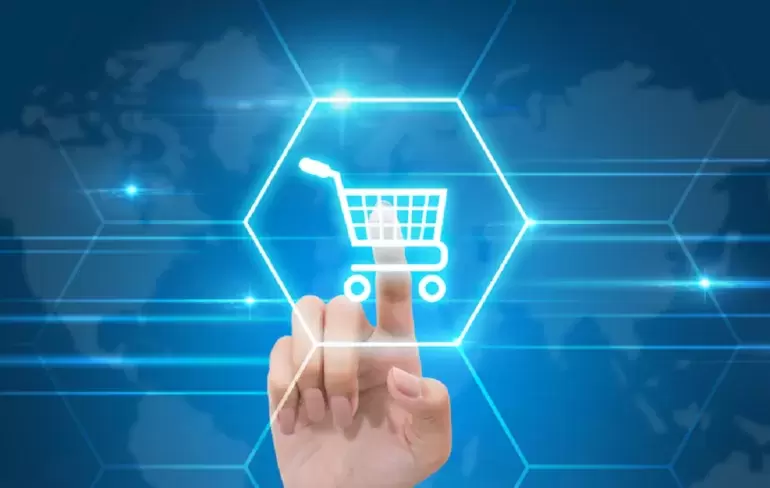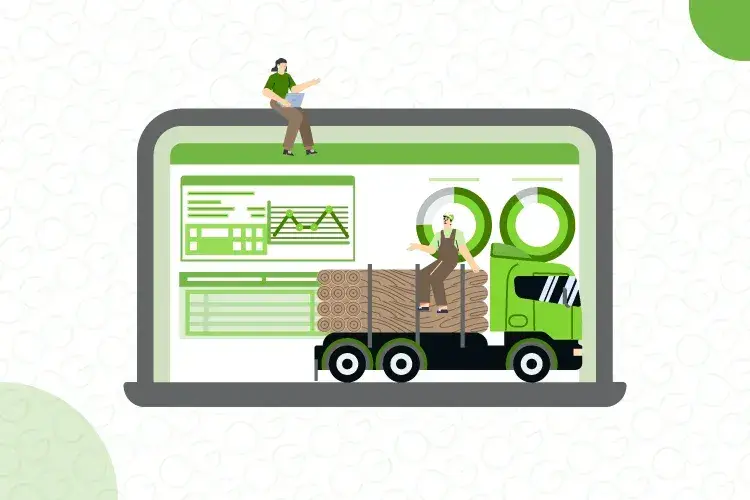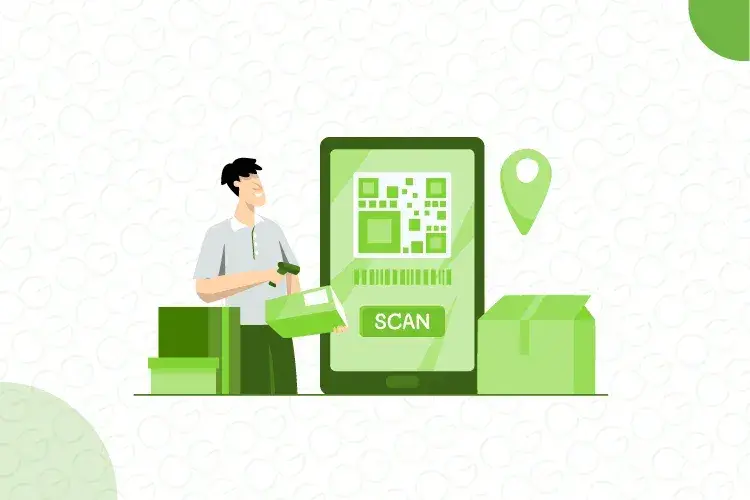Digital trends in the retail industry

Undoubtedly, technology has taken the world by storm - all aspects of our lives now involve technology in one form or the other. The retail industry is not exception. All retail business functions are managed with the help of technology. Additionally, retailers leverage technology to enhance the customer experience, earn high profits, and, thus, scale up their business. The future of retail business would revolve entirely around technology.
Here, we would like to share a few of the revolutionary digital trends in the retail industry that every retailer must incorporate in order to sustain and grow in this arena.
1. Augmented Reality
Augmented Reality is one of the most advanced technologies available today. Virtual studios, magic mirrors, and the like have helped retailers improve the in-store and online shopping experience immensely. This allows retailers provide product information, enable virtual fitting rooms, display 3-D view of products, and much more. With this level of ease and interactive experience, customers have a great experience and eventually become loyalists of the brand.
2. Retail Tech Solutions
We agree that retail tech software solutions have been present for quite a few years, but we believe that all businesses are yet to realize the true importance and value of using an end- to-end solution to scale up their business.
An ideal end-to-end ERP software like Ginesys monitors and manages all aspects of the retail business – production and procurement, inventory, sales and distribution, finance, customer loyalty, business performance analysis, and others. Implementing the best kind of ERP software enables any retail company to make well-informed decisions that help them grow their business. For instance, with a software that updates the inventory in real time - as soon as a sale is made - the user can easily identify fast-moving and slow-moving stock, place purchase orders before an item runs out of stock, and the like. With analytics, the user can identify customer purchase trends, products that bring in the maximum profits, and the like.
Similarly, with an efficient customer loyalty module, the user can offer a personalized experience to customers based on their purchase history and special discounts on special occasions, such as birthdays. In addition to providing tailored experiences, the user can also track loyalty points and rewards of these customers. This helps in gauging the loyalty of a customer and the amount of business these repeat customers bring in to the business.
3. Omnichannel retailing
Driving omnichannel throughout the business has helped retailers ensure a smooth experience for customers across all channels - online and offline. These channels include brick-and-mortar outlets, pop-up stores, social media, mobile and web apps, and much more. All these touchpoints are integrated together so that customers have a consistent experience throughout their journey with the brand.



